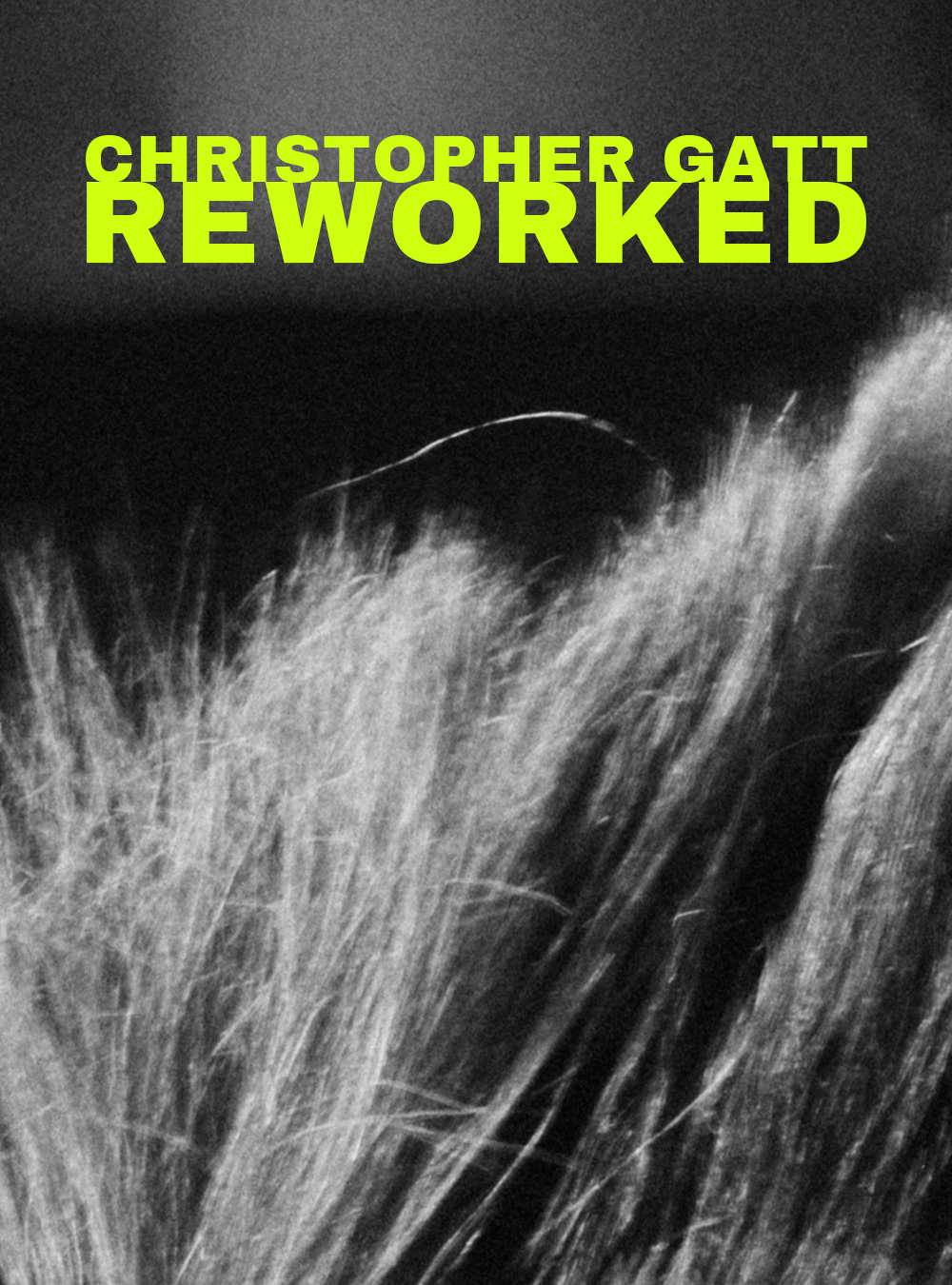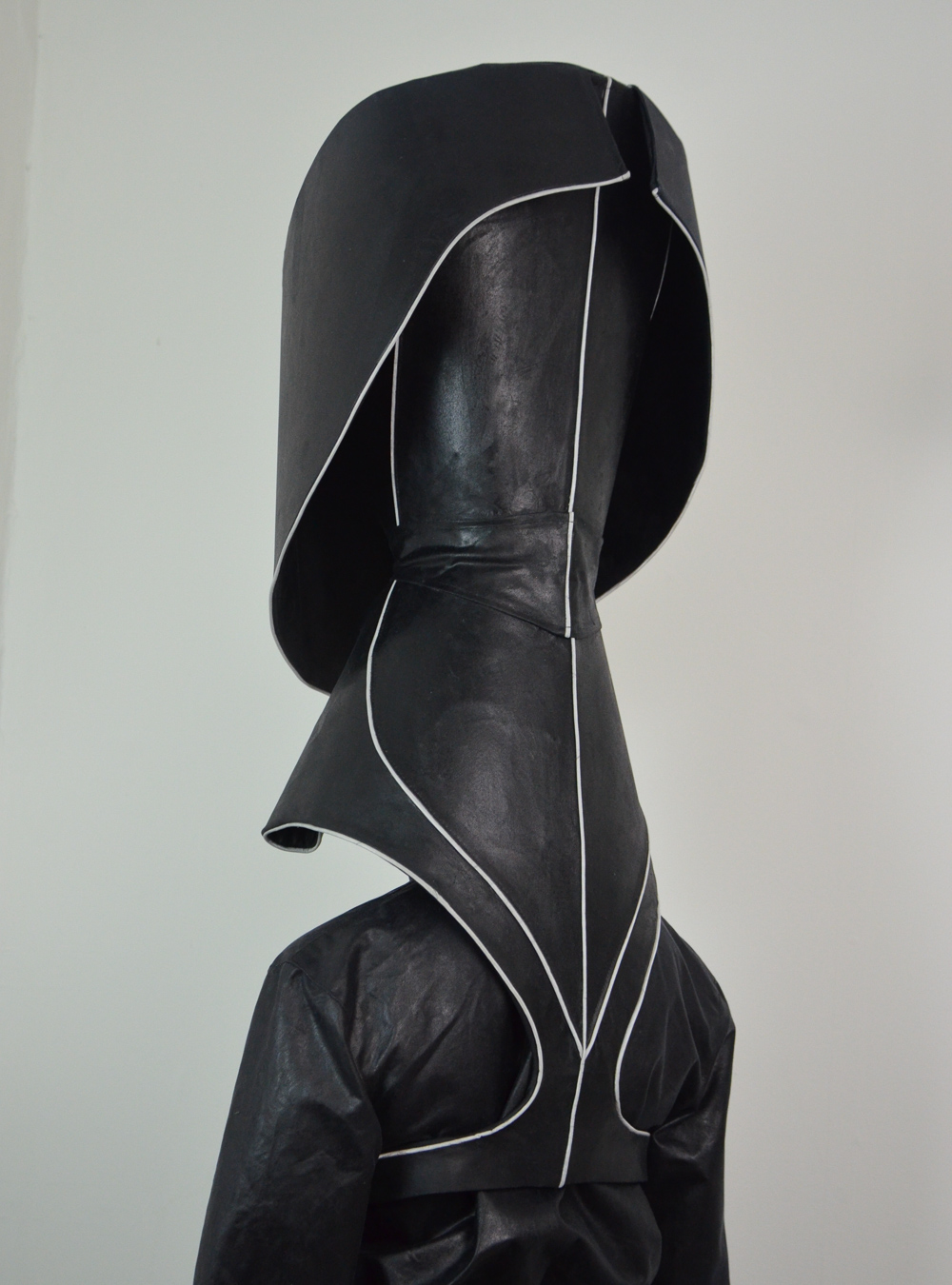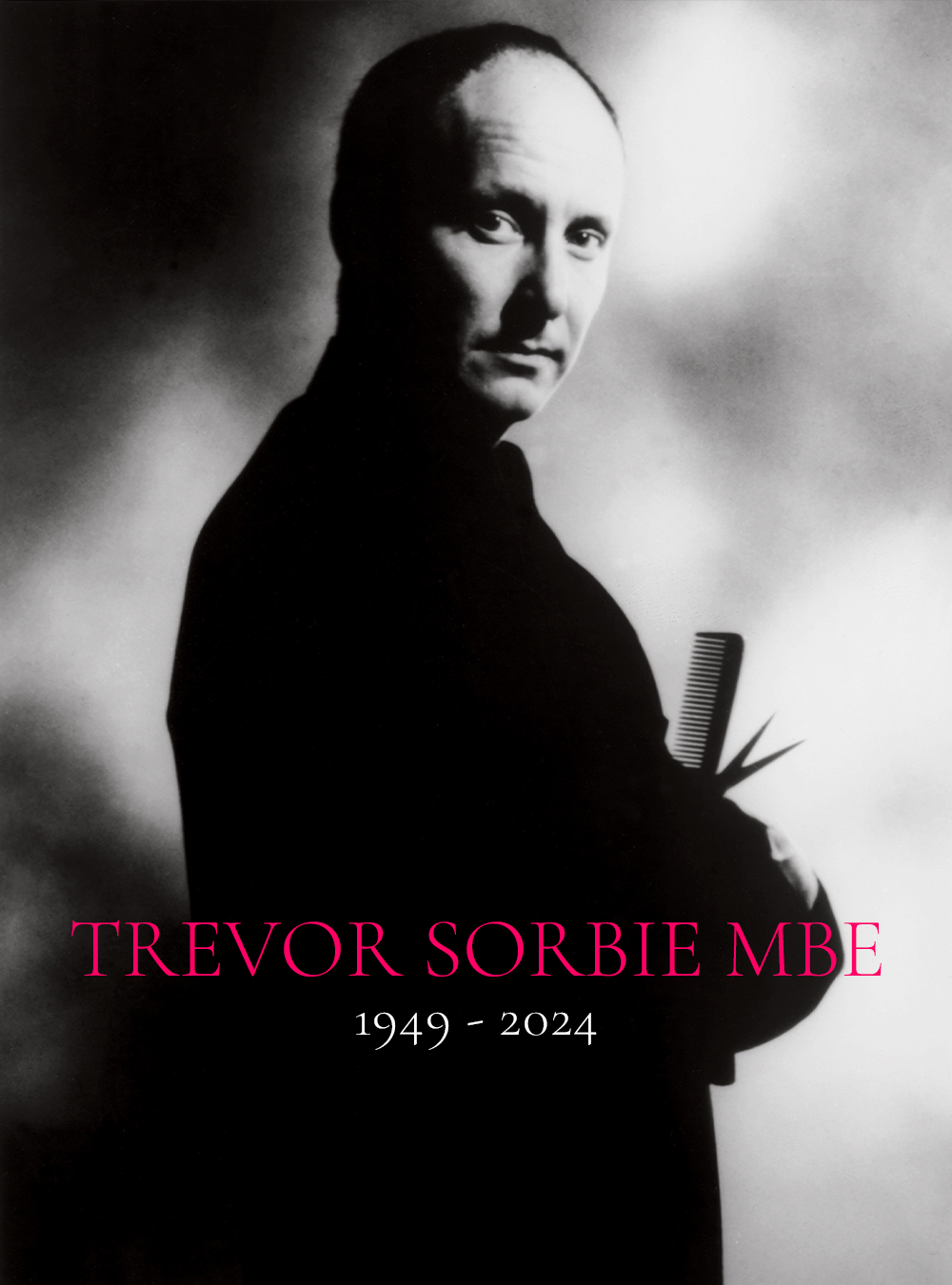ART + CULTURE: Anthony Mascolo’s hairstyles reimagined in copper by Yasemen Hussein
Concept + Hair: Pat and Anthony Mascolo
Sculptures: Yasemen Hussein
Videos: Panos Damaskinidis
Anthony and Pat Mascolo met designer-maker Yasemen Hussein at her first ever London solo show in 2006. Amongst the 40 pieces exhibited were several sculptures depicting wig-like hair sculptures. Crafted in copper, Yasemen’s signature material, they included a recreation of the traditional ‘Shimada’ geisha hairstyle, and a fantastical style based on the Grimm fairytale heroine Rapunzel.
Drawn to Yasemen’s intricate style, Anthony and Pat commissioned her to recreate some of their most sculptural hairstyles. Settling on five looks, they include The Westwood and The Veil, which was modelled by the actress Lorraine Chase in 1987. On the creation of this iconic hairstyle, Anthony recalls “we were working through the night, using a weaving technique to create intricate detail. It was a time when everyone was experimenting.”
While some of the pieces are direct copies of the original styles, others are an interpretation of a number of styles combined. Anthony and Pat would meet with Yasemen regularly as the pieces started to come together, to view the progress and offer their input. “This was a really important part of the process,” Yasemen states, “because they had such a direct link with the pieces, having created the originals by hand, in the same way that I was now re-making them by hand, albeit in a very different medium.”
Was it a challenge to convey something as light and weightless as hair using a material as unyielding as copper? Yasemen asserts that copper is in fact a far more accommodating material than people imagine it to be. “There is actually a great deal of control with copper. It’s a lot like drawing, and there’s a flexibility which you may not expect from such a solid material. Also the copper is soldered, which means that once reheated it becomes molten again, giving you the freedom to remodel and make alterations.”
The hairpieces are made to a human scale, created by using a concrete head modelled from a hat stand: “I would bend and hammer the copper around it”. Yasemen explains that this scale was essential “to ensure that it didn’t become too fantastical. I didn’t want them to read like cartoon versions of the originals. It was important that they still retain that human element”.



